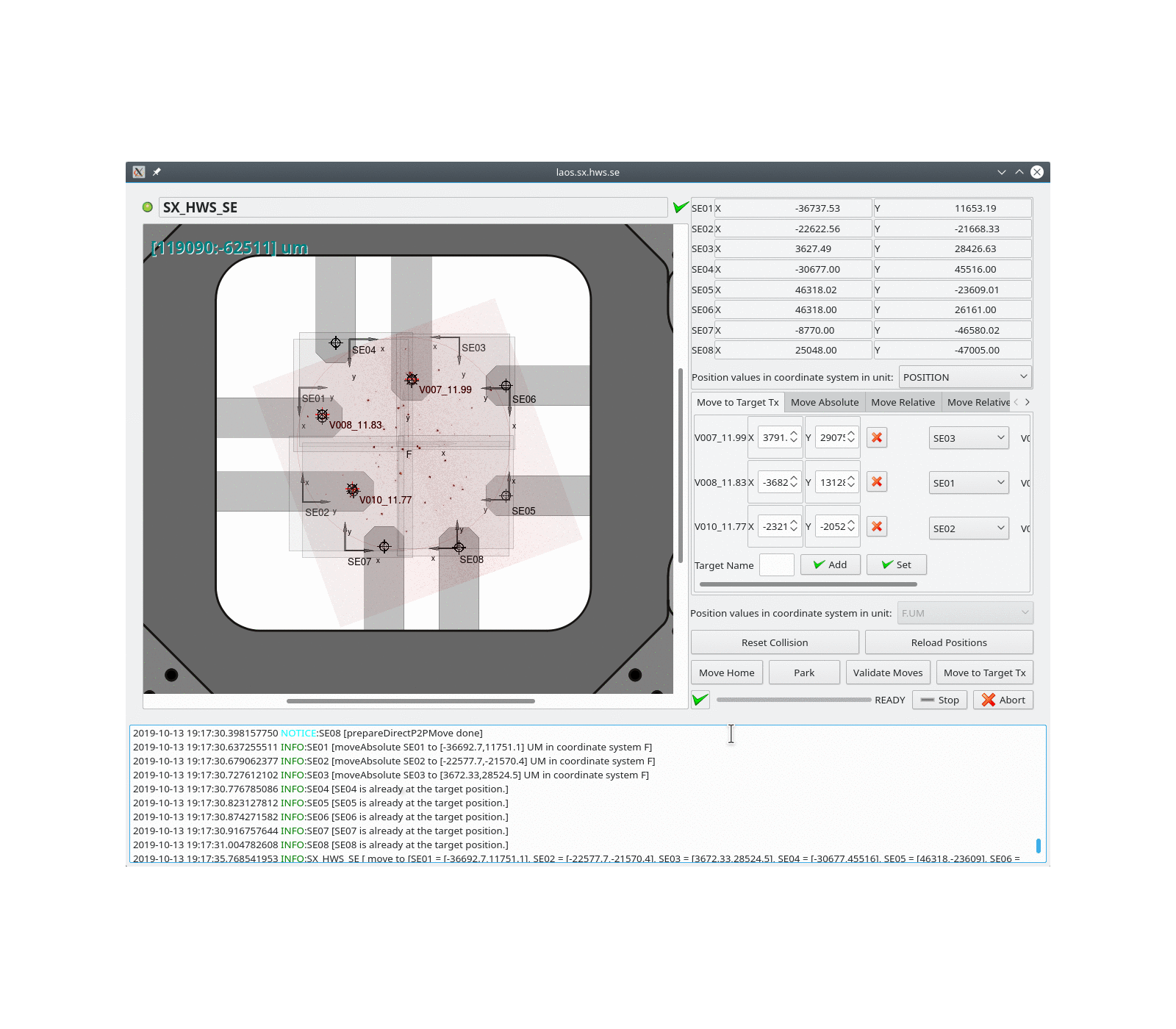Software
Astronomers invest a good deal of effort into the planning of their observations. Not only do they need to consider the scientific goals, but also the boundary conditions placed by the used instrument matter. Moreover fundamental astronomical criteria must be fulfilled, e.g. the targets need to have a sufficient elevation above the horizon and should not appear too close to the Moon. Mostly, observation planning needs to precede the observing campaign by an ample margin in order to lead to well-timed observations. Also, the instruments themselves need to be controlled and monitored in appropriate ways. This holds for both conventional components such as the CCD and infrared detectors of astronomical cameras and more challenging systems such as adaptive optics, which compensates for part of the distortions which light experiences on its way through the Earth‘s atmosphere.
Once the observations have been carried out data evaluation and analysis is due.
At each of these steps astronomers use specialized software – and, depending on the complexity of the project, customized software applications may be required. This is where the MPIA software department comes in by developing taylor-made software solutions for observations with specialized and unique instruments such as LINC-NIRVANA (at the Large Binocular Telescope) where several CCD and infrared cameras as well as several adaptive optics systems are controlled, for the control of the ARGOS system that creates six artificial laser guide stars, or to provide recipes for a multitude of data reductions steps for the different modes in which the exoplanet hunter SPHERE is used.
Because of the ever growing requirement for computing power that future astronomical instruments with adaptive optics will place highly parallelized real-time software is needed, which is currenty developed on parallel and distributed CPU/GPU computer systems. One application is the adaptive optics system of the instrument METIS for the ELT.
The software department of the MPIA attaches importance to the modularity of their developments, which enables them to apply existing programs entirely or in parts to several different projects.

